[vc_row][vc_column][vc_column_text text_larger=”no”]British Columbia Premier John Horgan has made the controversial decision to extend the wolf culling program for another five years despite the fact that since 2015 to date, the wolf cull in British Columbia is estimated to be around 1,500 wolves.
The controversial measure is taken in order to protect the 12 caribou herds that are currently threatened in the province located in the far west of Canada.
The wolf cull in British Columbia is justified, according to the Ministry of Forests, Lands and Natural Resource Operations, primarily to safeguard two of the caribou herds in this region of the North American country.
Immediate action is being taken “to save caribou herds threatened by wolf depredation in two separate and specific actions: one in the South Selkirk Mountains and the other in South Peace,” the ministry announces.[/vc_column_text][vc_empty_space woodmart_hide_large=”0″ woodmart_hide_medium=”0″ woodmart_hide_small=”0″ woodmart_hide_extra_small=”0″][/vc_column][/vc_row][vc_row full_width=”stretch_row” woodmart_parallax=”1″ css=”.vc_custom_1644110992691{padding-top: 160px !important;padding-bottom: 150px !important;background-image: url(https://www.naturalpress.ca/wp-content/uploads/2022/02/Caribu-01.png?id=8950) !important;}” woodmart_css_id=”6108194d42921″ responsive_spacing=”eyJwYXJhbV90eXBlIjoid29vZG1hcnRfcmVzcG9uc2l2ZV9zcGFjaW5nIiwic2VsZWN0b3JfaWQiOiI2MTA4MTk0ZDQyOTIxIiwic2hvcnRjb2RlIjoidmNfcm93IiwiZGF0YSI6eyJ0YWJsZXQiOnsicGFkZGluZy10b3AiOiIxMzAiLCJwYWRkaW5nLWJvdHRvbSI6IjEyMCJ9LCJtb2JpbGUiOnt9fX0=” mobile_bg_img_hidden=”no” tablet_bg_img_hidden=”no” woodmart_gradient_switch=”no” row_reverse_mobile=”0″ row_reverse_tablet=”0″ woodmart_disable_overflow=”0″][vc_column width=”1/2″ scroll_x=”0″ scroll_y=”-40″ scroll_z=”0″ parallax_scroll=”yes” css=”.vc_custom_1627920560219{margin-bottom: -40px !important;padding-top: 0px !important;padding-right: 30px !important;padding-left: 30px !important;}” offset=”vc_col-lg-offset-6 vc_col-md-offset-6″ woodmart_css_id=”610818a56ee56″ responsive_spacing=”eyJwYXJhbV90eXBlIjoid29vZG1hcnRfcmVzcG9uc2l2ZV9zcGFjaW5nIiwic2VsZWN0b3JfaWQiOiI2MTA4MThhNTZlZTU2Iiwic2hvcnRjb2RlIjoidmNfY29sdW1uIiwiZGF0YSI6eyJ0YWJsZXQiOnsibWFyZ2luLWJvdHRvbSI6IjAifSwibW9iaWxlIjp7Im1hcmdpbi1ib3R0b20iOiIwIn19fQ==” mobile_bg_img_hidden=”no” tablet_bg_img_hidden=”no” woodmart_parallax=”0″ woodmart_sticky_column=”false” mobile_reset_margin=”no” tablet_reset_margin=”no”][vc_column_text text_larger=”no”][/vc_column_text][/vc_column][/vc_row][vc_row][vc_column][vc_column_text text_larger=”no”]While a consistent and drastic decline in the number of individuals in the South Selkirk herd is documented from 2009, when 46 individuals were counted, to 2014 when it was estimated to be just 18, according to data from the same ministry, they omit to report the current (early 2022) number of caribou in that herd.
In the case of the South Peace herd, the ministry warns that the killing of wolves in British Columbia is justified as a consequence of the percentage of deaths in adult caribou, 37% of the deaths are due to wolf predation.
You may be interested in: They discovered that wolves know how to fish.
If the pretensions of the Ministry of Forests, Lands and Natural Resources Operations are fulfilled, the killing of wolves in British Columbia could amount to 200 individuals, they will do it by shooting them from the air and to make the task easier they will avoid fatigue by taking advantage of the fact that the snow has not yet melted and the successful North American predators are forced to be slower.
Speaking to the Prince George News, Pacific Wild conservation advisor Ian McAllister said that rather than “scapegoating the wolves, the provincial government should take more effective steps to protect intact primary forests for the endangered caribou and ensure that fossil fuel extraction does not continue to further degrade their habitat.”
The Provincial Government’s rationale appears to be that reducing the number of predators stimulates the growth of their prey, a theory that has been amply demonstrated as an example of failure over the past century in Yellowstone National Park.[/vc_column_text][vc_empty_space woodmart_hide_large=”0″ woodmart_hide_medium=”0″ woodmart_hide_small=”0″ woodmart_hide_extra_small=”0″][/vc_column][/vc_row][vc_row full_width=”stretch_row” woodmart_parallax=”1″ css=”.vc_custom_1644111119587{padding-top: 160px !important;padding-bottom: 150px !important;background-image: url(https://www.naturalpress.ca/wp-content/uploads/2022/02/Lobos-01.png?id=8952) !important;}” woodmart_css_id=”6108194d42921″ responsive_spacing=”eyJwYXJhbV90eXBlIjoid29vZG1hcnRfcmVzcG9uc2l2ZV9zcGFjaW5nIiwic2VsZWN0b3JfaWQiOiI2MTA4MTk0ZDQyOTIxIiwic2hvcnRjb2RlIjoidmNfcm93IiwiZGF0YSI6eyJ0YWJsZXQiOnsicGFkZGluZy10b3AiOiIxMzAiLCJwYWRkaW5nLWJvdHRvbSI6IjEyMCJ9LCJtb2JpbGUiOnt9fX0=” mobile_bg_img_hidden=”no” tablet_bg_img_hidden=”no” woodmart_gradient_switch=”no” row_reverse_mobile=”0″ row_reverse_tablet=”0″ woodmart_disable_overflow=”0″][vc_column width=”1/2″ scroll_x=”0″ scroll_y=”-40″ scroll_z=”0″ parallax_scroll=”yes” css=”.vc_custom_1627920560219{margin-bottom: -40px !important;padding-top: 0px !important;padding-right: 30px !important;padding-left: 30px !important;}” offset=”vc_col-lg-offset-6 vc_col-md-offset-6″ woodmart_css_id=”610818a56ee56″ responsive_spacing=”eyJwYXJhbV90eXBlIjoid29vZG1hcnRfcmVzcG9uc2l2ZV9zcGFjaW5nIiwic2VsZWN0b3JfaWQiOiI2MTA4MThhNTZlZTU2Iiwic2hvcnRjb2RlIjoidmNfY29sdW1uIiwiZGF0YSI6eyJ0YWJsZXQiOnsibWFyZ2luLWJvdHRvbSI6IjAifSwibW9iaWxlIjp7Im1hcmdpbi1ib3R0b20iOiIwIn19fQ==” mobile_bg_img_hidden=”no” tablet_bg_img_hidden=”no” woodmart_parallax=”0″ woodmart_sticky_column=”false” mobile_reset_margin=”no” tablet_reset_margin=”no”][vc_column_text text_larger=”no”][/vc_column_text][/vc_column][/vc_row][vc_row][vc_column][vc_column_text text_larger=”no”]In the second decade of the 20th century, ranchers decided to put an end to the last wolf pack in Yellowstone and the consequences were not long in coming. The transformation of the ecosystem generated immense damage to both biotic resources, such as plants and other animals, and abiotic resources, such as the detour of river courses as a consequence of erosion and over-sedimentation.
You may be interested in: The wolf is not the bad guy in the story
The only successful measure for the natural regeneration of the ecosystems affected by the absence of the canine predators par excellence in North America was none other than the importation of wolf packs from Canada, where they are supposed to protect with greater success and determination their natural resources represented, on this occasion, in biodiversity and the guarantee of the constant flow of energy through a healthy functioning of the food web.
At the same time, the provincial government has presented plans for the recovery of the caribou populations, at the beginning of 2022 and with resources from both the government of British Columbia and the federal government, the Ministry of Forestry announced that 1.6 million dollars have been allocated to carry out different actions aimed at protecting the caribou herds.[/vc_column_text][vc_empty_space woodmart_hide_large=”0″ woodmart_hide_medium=”0″ woodmart_hide_small=”0″ woodmart_hide_extra_small=”0″][/vc_column][/vc_row][vc_row full_width=”stretch_row” woodmart_parallax=”1″ css=”.vc_custom_1644111241290{padding-top: 160px !important;padding-bottom: 150px !important;background-image: url(https://www.naturalpress.ca/wp-content/uploads/2022/02/Caribu-02.png?id=8973) !important;}” woodmart_css_id=”6108194d42921″ responsive_spacing=”eyJwYXJhbV90eXBlIjoid29vZG1hcnRfcmVzcG9uc2l2ZV9zcGFjaW5nIiwic2VsZWN0b3JfaWQiOiI2MTA4MTk0ZDQyOTIxIiwic2hvcnRjb2RlIjoidmNfcm93IiwiZGF0YSI6eyJ0YWJsZXQiOnsicGFkZGluZy10b3AiOiIxMzAiLCJwYWRkaW5nLWJvdHRvbSI6IjEyMCJ9LCJtb2JpbGUiOnt9fX0=” mobile_bg_img_hidden=”no” tablet_bg_img_hidden=”no” woodmart_gradient_switch=”no” row_reverse_mobile=”0″ row_reverse_tablet=”0″ woodmart_disable_overflow=”0″][vc_column width=”1/2″ scroll_x=”0″ scroll_y=”-40″ scroll_z=”0″ parallax_scroll=”yes” css=”.vc_custom_1627920560219{margin-bottom: -40px !important;padding-top: 0px !important;padding-right: 30px !important;padding-left: 30px !important;}” offset=”vc_col-lg-offset-6 vc_col-md-offset-6″ woodmart_css_id=”610818a56ee56″ responsive_spacing=”eyJwYXJhbV90eXBlIjoid29vZG1hcnRfcmVzcG9uc2l2ZV9zcGFjaW5nIiwic2VsZWN0b3JfaWQiOiI2MTA4MThhNTZlZTU2Iiwic2hvcnRjb2RlIjoidmNfY29sdW1uIiwiZGF0YSI6eyJ0YWJsZXQiOnsibWFyZ2luLWJvdHRvbSI6IjAifSwibW9iaWxlIjp7Im1hcmdpbi1ib3R0b20iOiIwIn19fQ==” mobile_bg_img_hidden=”no” tablet_bg_img_hidden=”no” woodmart_parallax=”0″ woodmart_sticky_column=”false” mobile_reset_margin=”no” tablet_reset_margin=”no”][vc_column_text text_larger=”no”][/vc_column_text][/vc_column][/vc_row][vc_row][vc_column][vc_column_text text_larger=”no”]Transplanting lichens, the caribou’s favorite food, enclosing large areas to isolate them from predators and replanting large areas affected by forest fires and human activities are intended to contribute to the recovery of these populations.
And while these actions to protect the ecosystems, which some scientists consider insufficient, are being carried out, the helicopter engines are warming up from where the killing of wolves in British Columbia will take place.[/vc_column_text][/vc_column][/vc_row]

Periodista ambiental y de conservación colombiano, actualmente residente en Canadá.

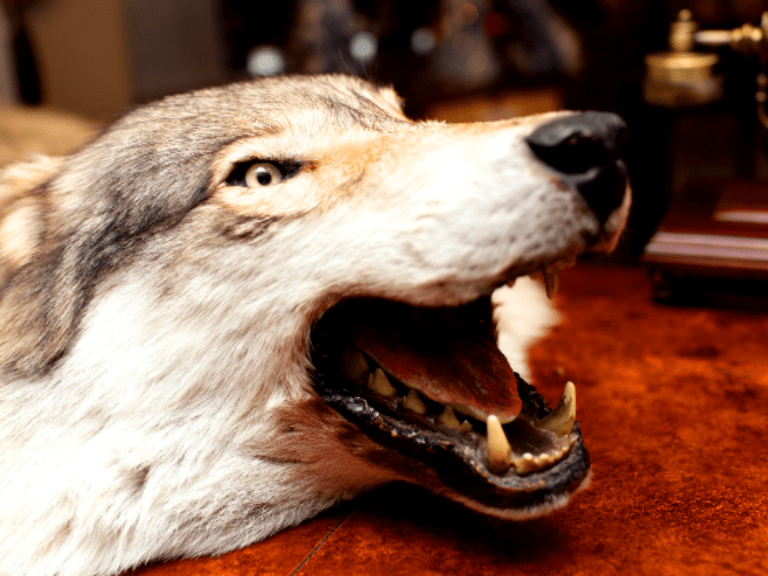


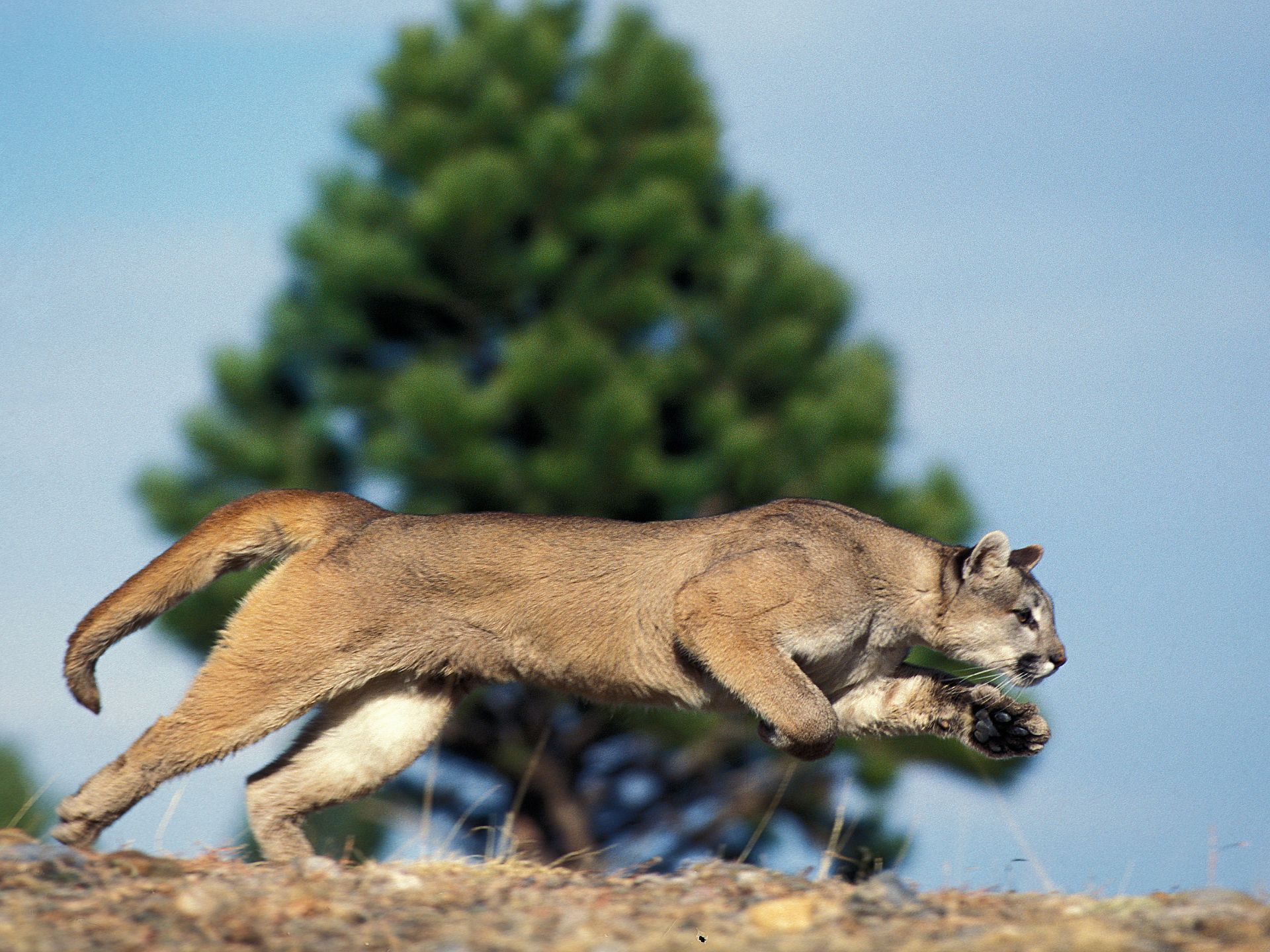
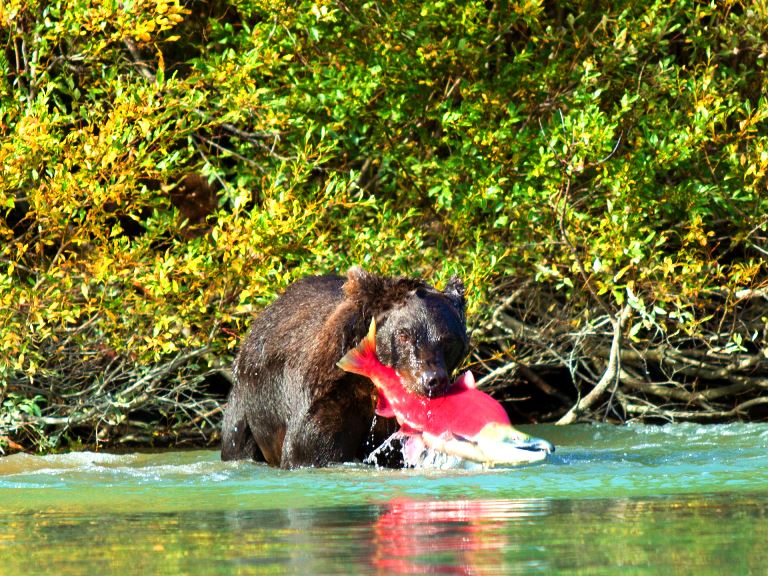
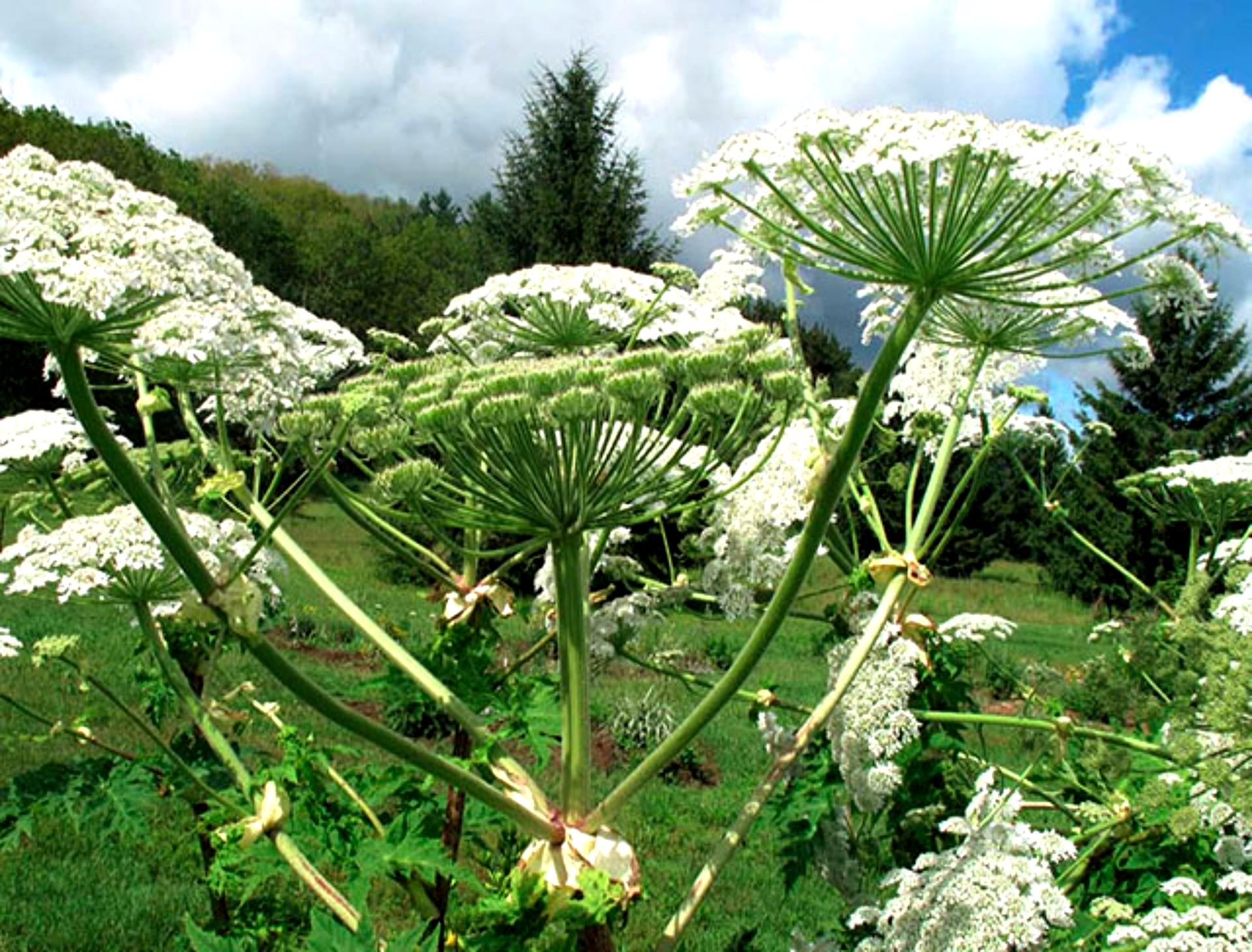
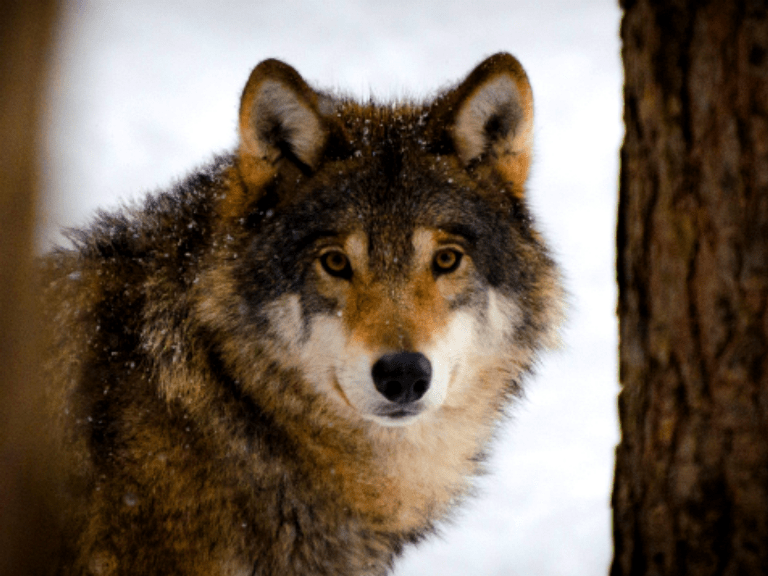
2 thoughts on “British Columbia wolf cull”